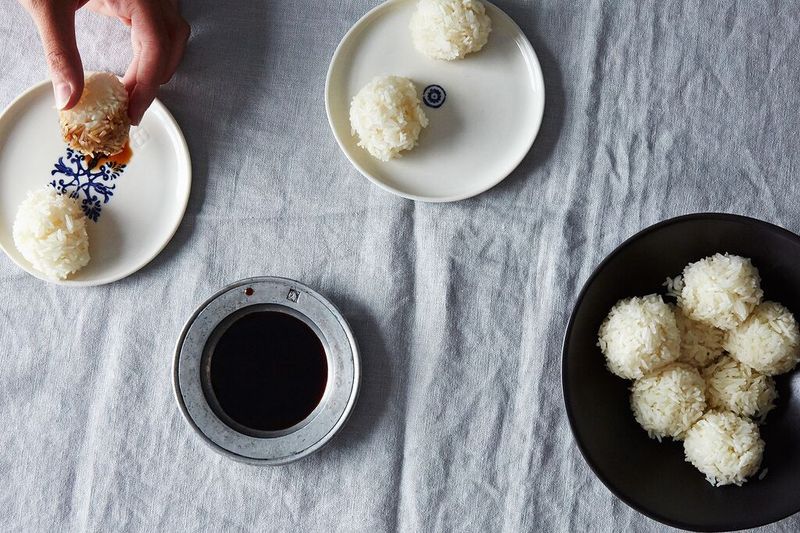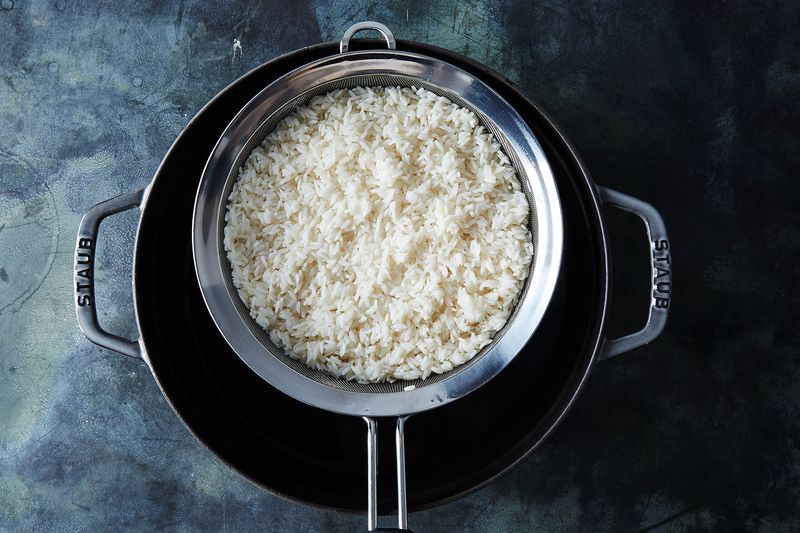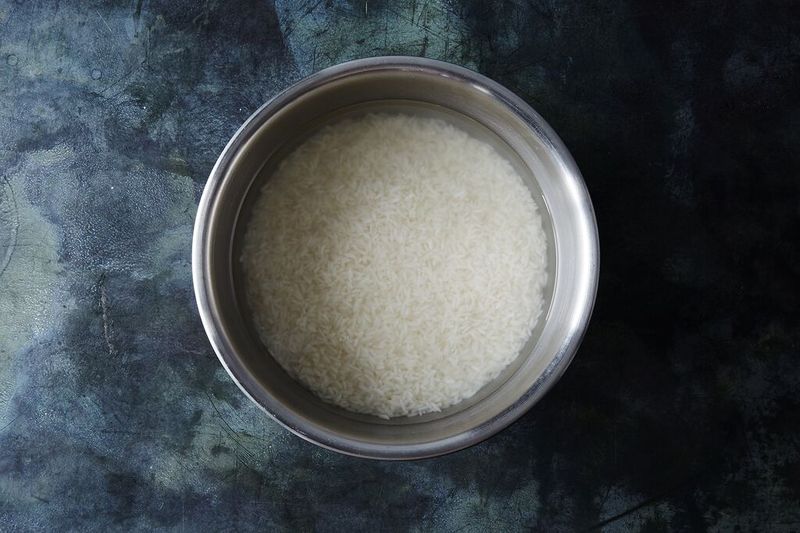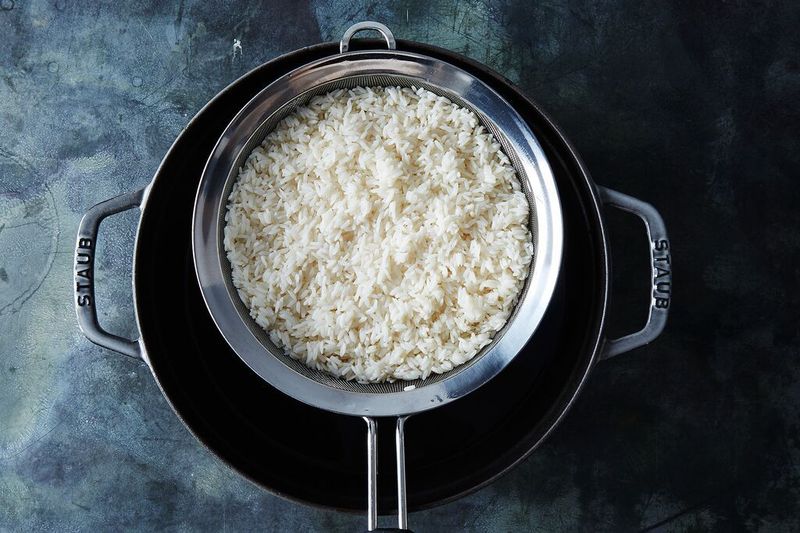Popular on Food52
Continue After Advertisement
13 Comments
Mardee
March 7, 2021
Does it matter if the pot (with the colander inside) is not fully covered by the lid? My colanders have handles and won't fit down into the pot, so I can't fully cover it. I can't tell from the photo here what's going on - the colander you have sitting on the pot has a long handle, but it doesn't show it with the lid. Can someone please explain? Thanks!
Tiffany C.
April 30, 2021
I have done with what the picture shows - a colander set over a dutch oven, with the lid on. It doesn't trap steam totally since the handle of the colander sticks out, but i've found the steam escaping in the 1/2" or so gap doesn't make a difference. Hope this helps!!
Allie H.
March 24, 2019
I am one of those foodie/culinary-trained/has travelled far and wide/product guru perfectionist types who of course simply had to have, and indeed bought, the traditional spittoon/bamboo cone hat steamer combos way back in the early 2000's, after one of many many trips to Thailand. For all the reasons cited, I used it all of once, but somehow it managed to keep moving from kitchen to kitchen - 4 in the past 4 years! This past December, when I moved yet again, I finally bid it Laa-gàwn. I was so pleased to see this article - especially since I have a splatter screen that needs to earn its keep! My kids adore sticky rice, and I've had a rough go trying to emulate this favorite from abroad here at home. Can't wait to try it - will post my results in IG @scratchkitchenaz this week!!!
msmely
February 5, 2018
This worked great except the flipping as one unit (it broke in half) but doing only 1 cup at a time it wasn't a problem. Just gotta make sure not to let the pot go dry!!
Lori W.
October 12, 2015
Yay, great tips Thanks Chef Mario! I do have one of the traditional basket over pot rice steamers, BUT, it is sortof a pain! This colander way will be a breeze. And all essential equipment right in my kitchen also. Nice! Gonna try this new way tomorrow for lunch. Once again, you are my favorite teacher =)
jlg84
October 9, 2015
Isn't that a sieve (or strainer), not a colander?
stephanie
June 7, 2017
where i'm from (RI, USA) the words "strainer" or "colander" are interchangeable.
bronwyncarlisle
June 7, 2017
Not in most of the English speaking world. That's a sieve. A colander has big holes that rice would fall straight through. Google "colander" and you'll see.
Sue
October 8, 2015
Microwave, try it. The result come out very good soft and is not mushy at all.
12 mins done.
12 mins done.
Catherine L.
October 7, 2015
YES! I tried this method a few weeks ago to make sticky coconut rice with mango and it worked SO WELL. I tried making it in a rice cooker as well and it just got mushy...maybe I didn't have the right setting? Anyway, this is awesome.
Vy M.
January 9, 2022
Catherine
People often said cooking sticky rice in cooker is same as steaming it.
I don’t think so. Because cooking retains water, which makes it mushy, always
People often said cooking sticky rice in cooker is same as steaming it.
I don’t think so. Because cooking retains water, which makes it mushy, always
Eli C.
October 7, 2015
Once I discovered how easy it was to make sticky rice in a rice cooker I have been making it almost once a week.







See what other Food52 readers are saying.